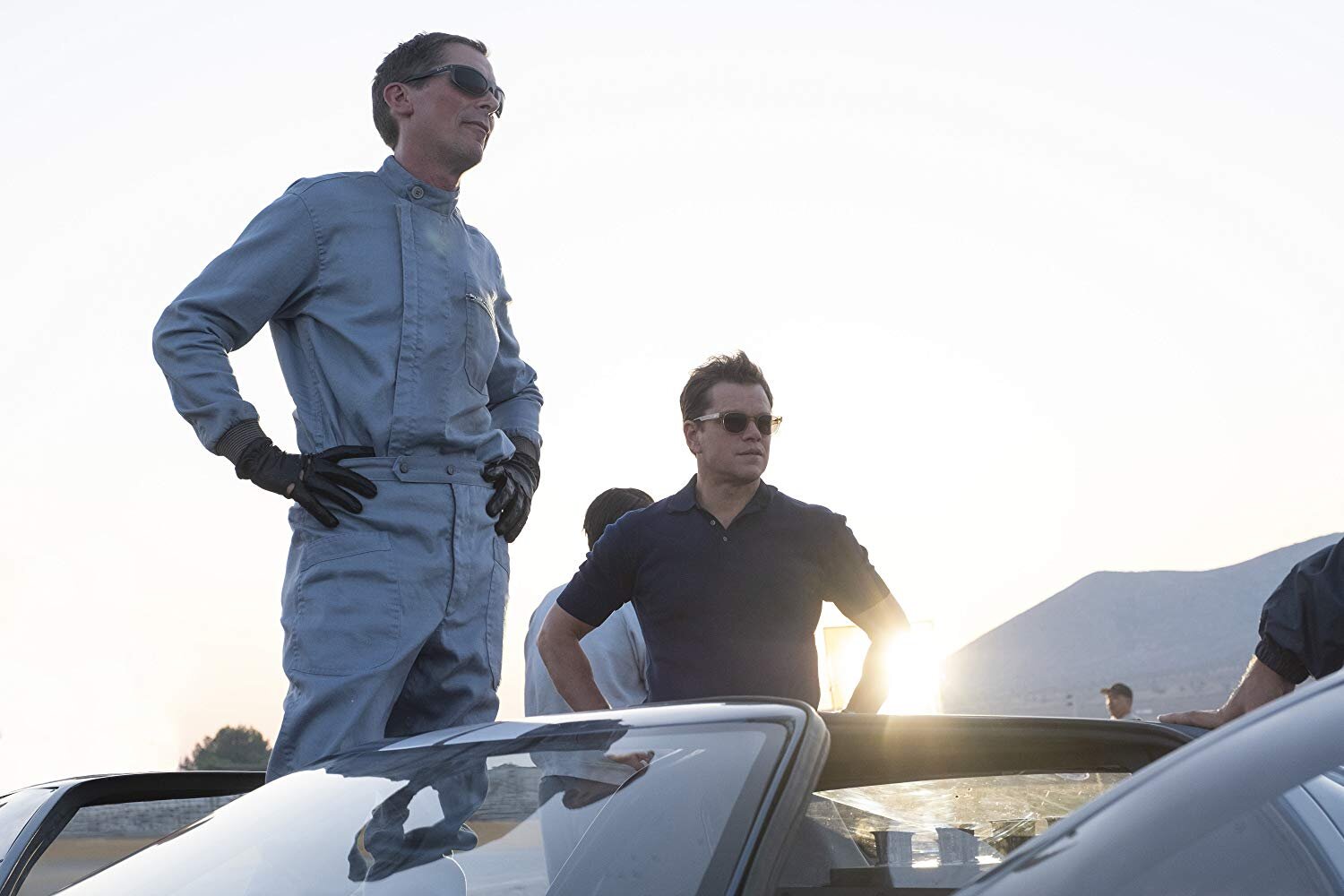THE GOOD LIAR
Directing: B
Acting: B+
Writing: B
Cinematography: B
Editing: B-
In terms of what is the greatest appeal of The Good Liar, this movie might better be called The Good Actors. You can rarely go wrong with the likes of Ian McKellen and Helen Mirren. And you wouldn’t be with this film either, even though it’s far from either of their best, and it’s a tad predictable.
Still, there’s a certain satisfaction in where the story goes, even if it is telegraphed early on. Maybe not exactly what the twist will be, but certainly that there will be a twist, and what the nature of the twist will be. That kind of softens the effect of a so-called “twist.”
One thing I kind of love about it, is that Ian McKellen is an out gay man, and he plays both a straight man and a villain here. He’s quite convincing, too—so much so that, I didn’t even think about this until well after the movie was over. This is the way things should be, and a testament to how great an actor he is. Helen Mirren is, of course, capable of more than meeting his match.
As The Good Liar begins, the opening credits are intercut with shots of these two, filling out online dating profiles of people of “distinction”—that is, old. Neither ever say how old they are, although it still feels like McKellen is playing a bit younger than his eighty years of age. He does so convincingly, against the eternally sensual Mirren, who is 74. Not as great an age difference as you might expect.
McKellen plays a con man, and a surprisingly spry one for his age. This makes it very easy for him to play up sympathies as he fakes frailty. But, and this is part of the predictable part, Mirren’s Betty McLeish has some tricks up her sleeve herself. And this is where it gets tricky, in a sense where The Good Liar can’t really win. If Betty is just a helpless old lady who gets duped, it’s too stereotypical; if Betty gets the better of McKellen’s Roy Courtnay, it’s rather predictable. This movie sets a bit of a trap for itself.
That said, there is greater satisfaction in the details. Not just that there is “more than meets the eye” when it comes to Betty—which we expect from the start—but in exactly how and why that is the case. These characters’ rather distant pasts eventually come into play, and there is some element of surprise in how they play out.
In a sense, The Good Liar is kind of a mystery, one in which I found myself thinking the predictable thing better actually be the case, or else I’ll be pissed. Better to be unsurprised than pissed, I suppose. It’s nice to see parts this meaty for actors in their seventies and eighties. It would be nice if they had a bit more depth, but we take what we can get, it’s so rare that a movie is carried by actors with careers as long and storied as these. It’s surprisingly modern, too, including how Russell Tovey’s part as Betty’s grandson is ultimately contextualized. That’s also, in the end, part of the movie’s overall contrivance.
In the end, The Good Liar is adequate entertainment, an engaging but flawed showcase for a couple of truly great actors, having a bit of fun. Which is perhaps the best descriptor for the film itself: a bit of fun.
The good actors.
Overall: B










